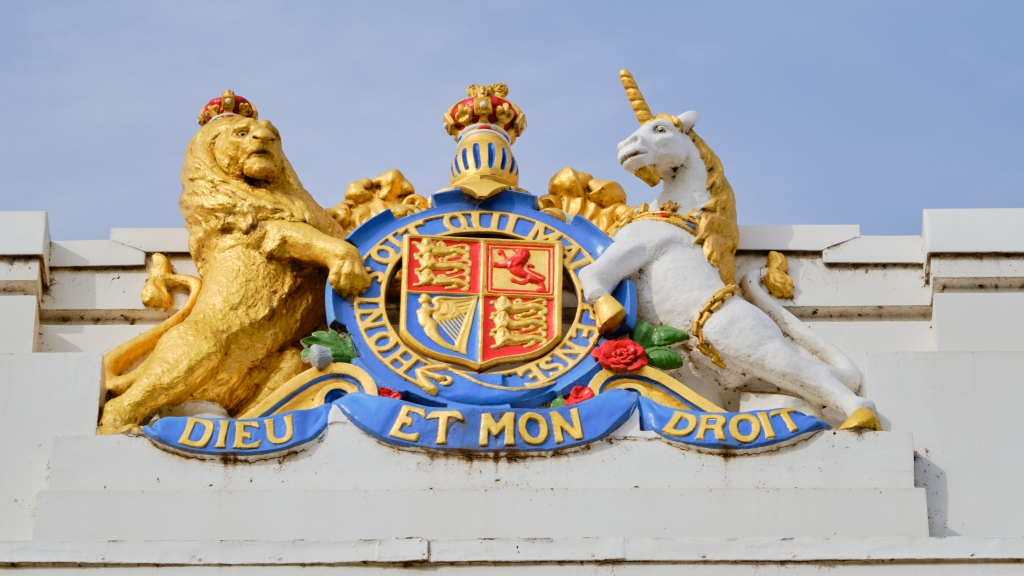The scheduling of a landmark exhibition of works by Matisse and Picasso caught our attention when it was originally promoted back in 2019. We thought no more of it at the time – other than agreeing that it would be a sufficient excuse to spend a long weekend in Canberra if we could fit it into our schedule. As it turned out, a chance conversation over the Christmas break centred on where we might spend a weekend away before summer concluded. This triggered memory of the exhibition and everything else fell quickly into place.
Plans were made to drive up to Canberra from Melbourne (via the Hume Highway) on a Thursday, stop two nights in Canberra, then return to Melbourne on a Sunday. Accommodation was booked in the Canberra suburb of Forrest, close to the National Gallery and the Manuka and Kingston shopping precincts. Tickets to the exhibition were booked online for the Friday, allowing us to avoid potential queues on arrival at the gallery.
Heading north to Canberra
We set off early, stopping to pick up Christine in Lower Plenty, before joining the morning traffic on the Western Ring Road. Fortunately, as we turned northwards and followed the Hume Highway, we were able to leave the traffic which was heading to the city, airport and western suburbs. We passed through the developing suburbs around Craigieburn and climbed the hills to the north of Melbourne that seemed to be perpetually shrouded in clouds and light rain.
At about 10:00am we left the Hume Highway and ventured into Euroa for morning coffees. Nobody seemed to be in much of a hurry in what has become a quiet country town now that it is bypassed by the highway traffic.

We returned to the Hume and continued northwards, eventually crossing the Murray River and entering New South Wales. As lunch time approached we again turned off the highway, entering the township of Holbrook – with its decommissioned Navy submarine featuring in a park beside the main street many kilometres from the ocean. Generously-filled focaccias were ordered and promptly brought to our table. The café appeared to be the unofficial meeting place for the locals who passed the time of day, discussing everything from the weather and general lack of rain through to the recent prices being offered at the sale yards for lambs.
After lunch we rejoined the Hume Highway, zipping past the ‘Dog on the Tuckerbox’ north of Gundagai before turning off the Hume at Yass for the final kilometres into the ACT. We knew when Canberra was approaching, as roundabouts became the most common traffic management strategy. National landmarks appeared – Black Mountain telecom tower, the massive flag atop the flag pole that straddles Parliament House, and Lake Burley Griffin to name a few. We checked into our basic but well-located accommodation, unpacked, and went for a walk into the Manuka shopping precinct to stretch the legs after many hours on the road.
We were all up and about early on Friday morning and had time to spare when we headed out after breakfast. The gallery wasn’t due to open until 10:00am, so we headed to Old Parliament House to explore the rose gardens that occupy the grounds on either side of the main building. One garden hosts red-coloured tennis courts (once restricted for use by members of the Senate only) on its northern side, and green-coloured tennis courts (House of Representative members only) to the south. Both feature roses as the dominant plantings in an expansive lawn setting.
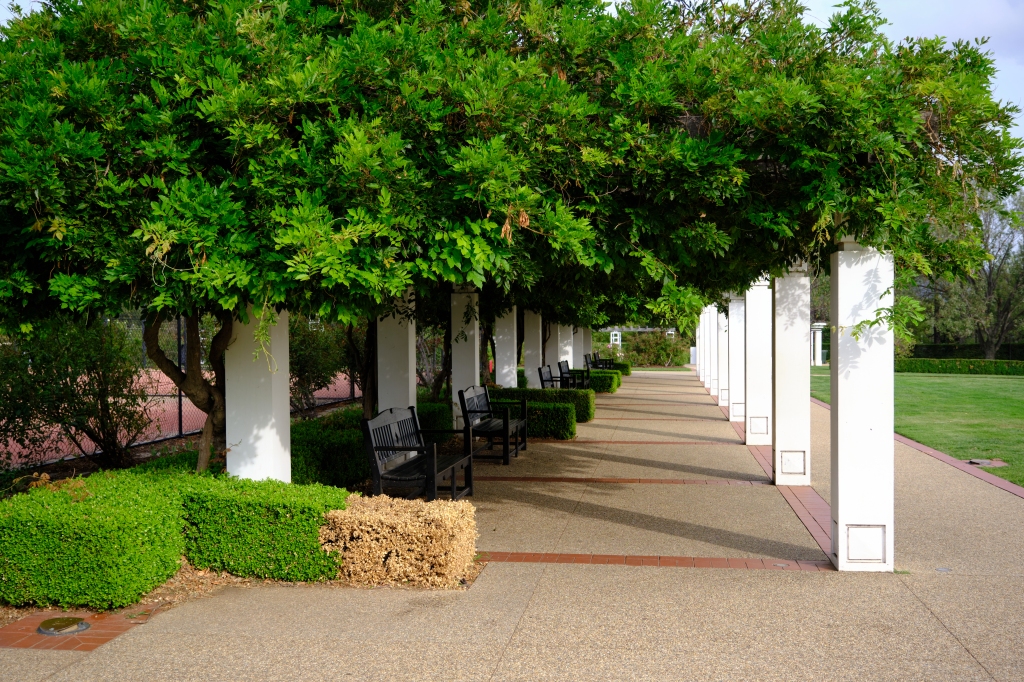

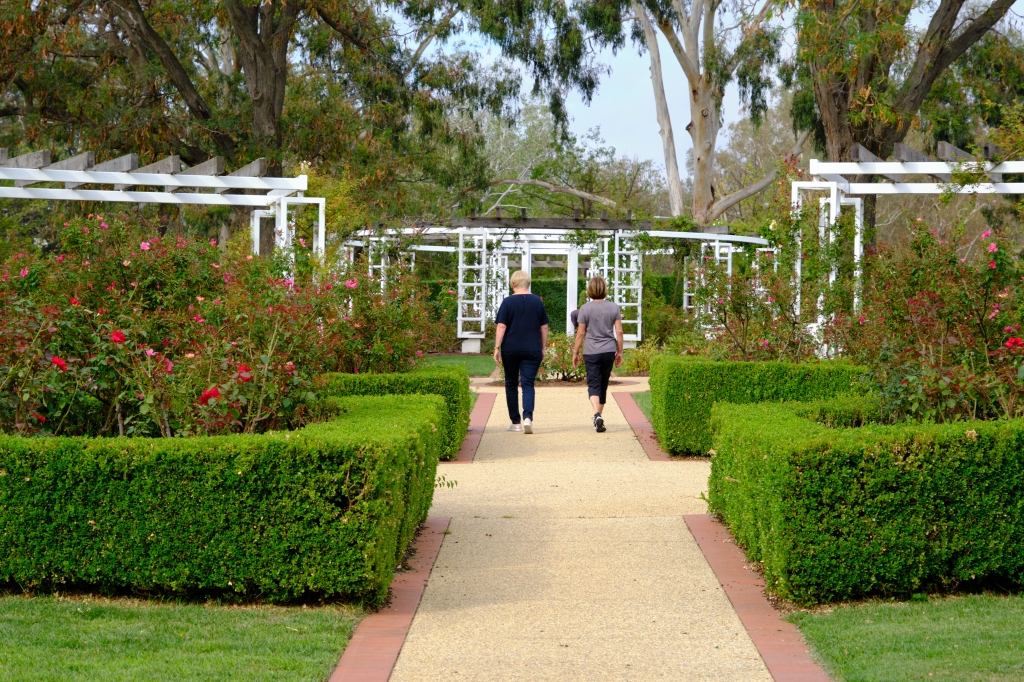
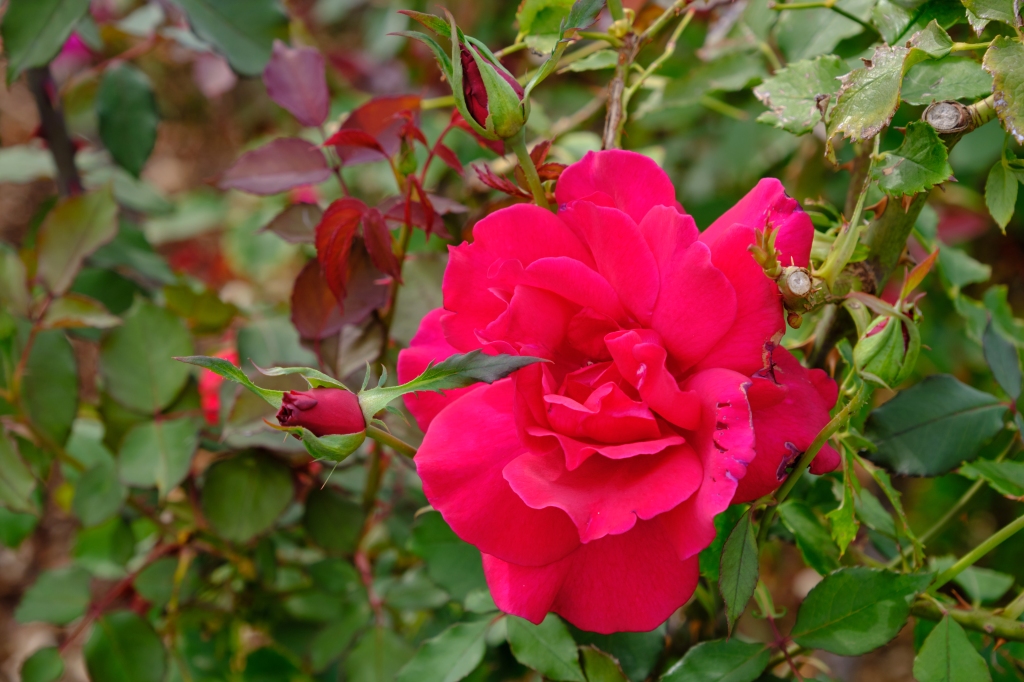

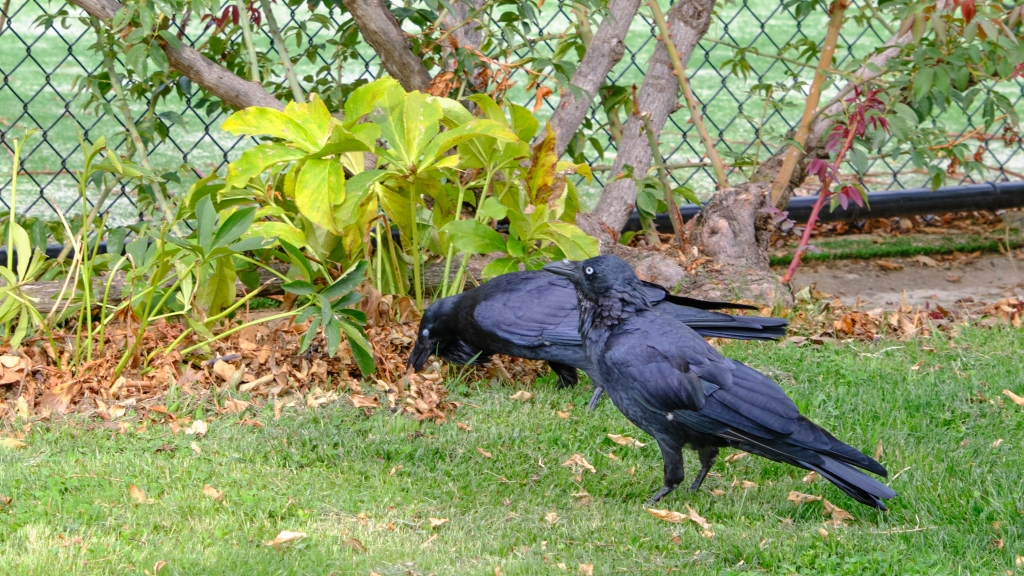


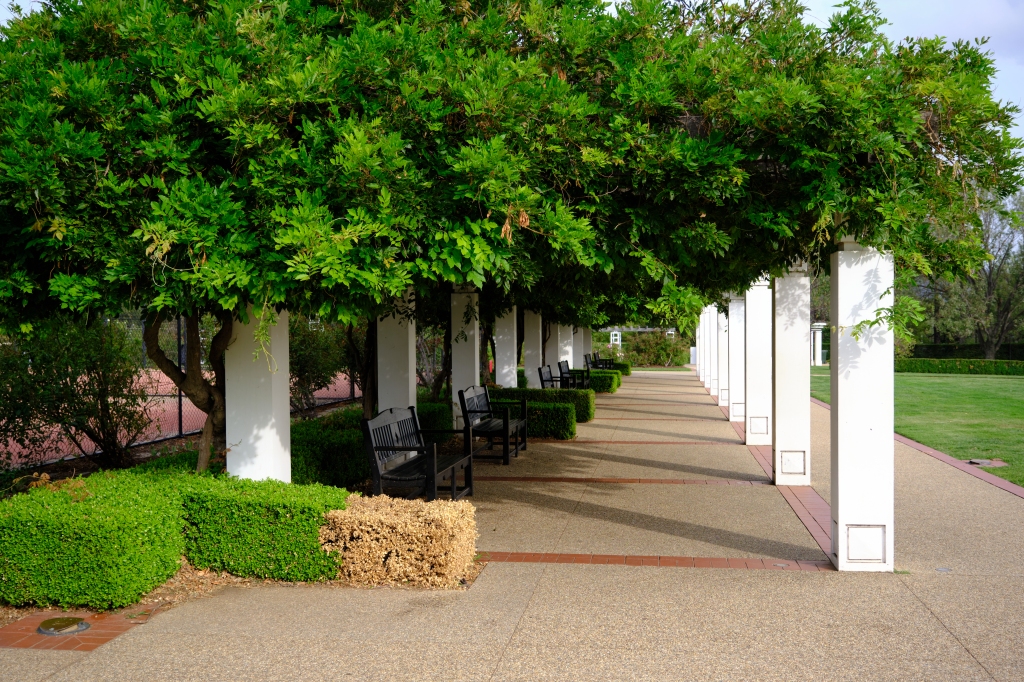
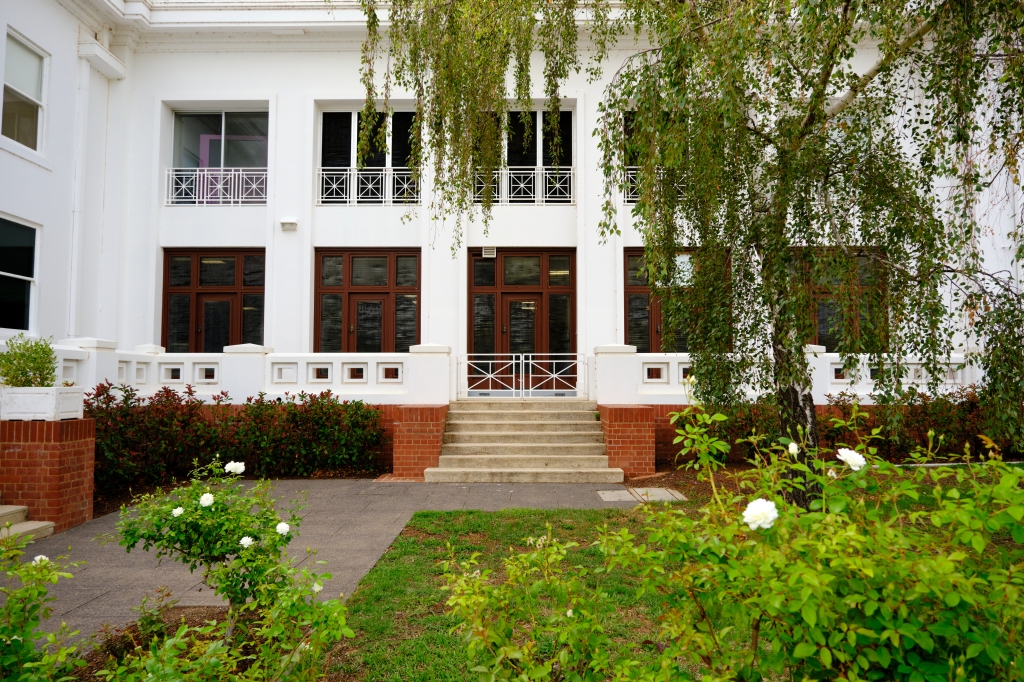
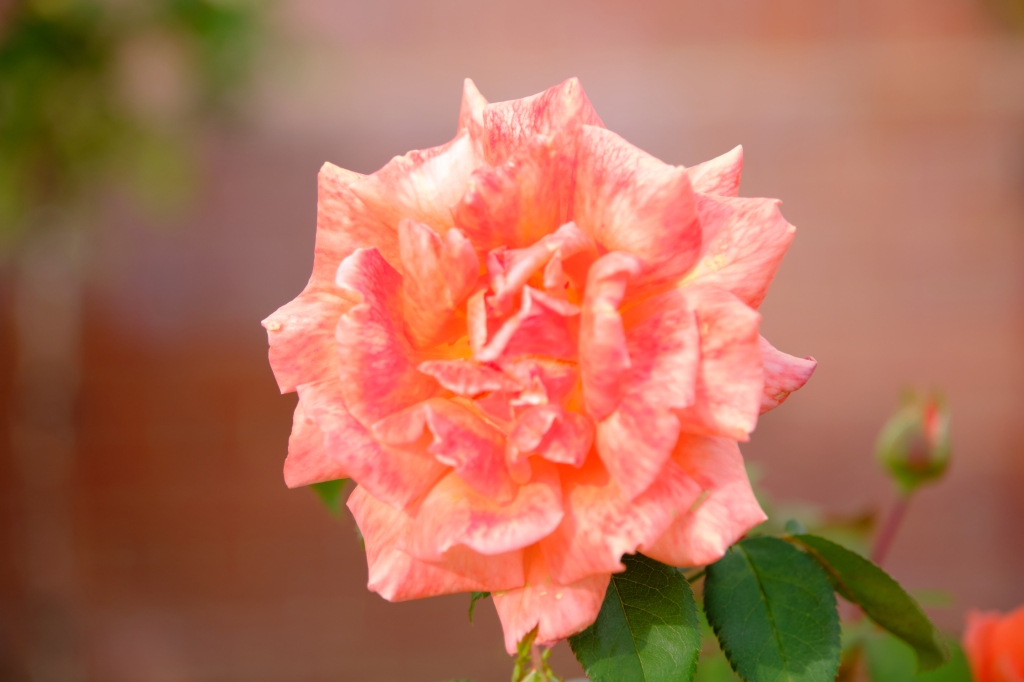
After ‘smelling the roses’ we retired to the Old Parliament House Café for morning tea before setting off for the National Gallery. Our timing was perfect, as we ordered coffees in advance of a wave of local office workers who had stepped out for their mid-morning break. The building has been given a make-over and serves as a democracy museum – including many of the rooms restored to their original condition when the last sitting government (the Hawke Labour government) was in residence. Conditions were cramped, there was an abundance of timber panelling, and ash trays were everywhere to be seen.

